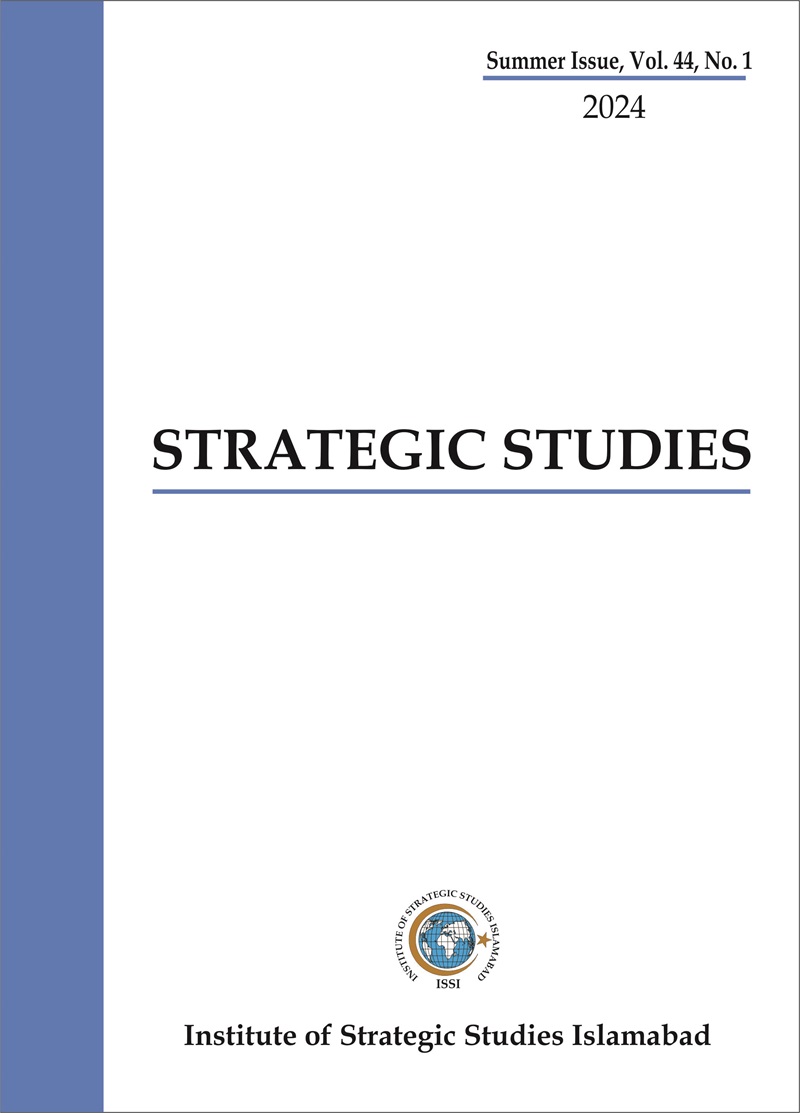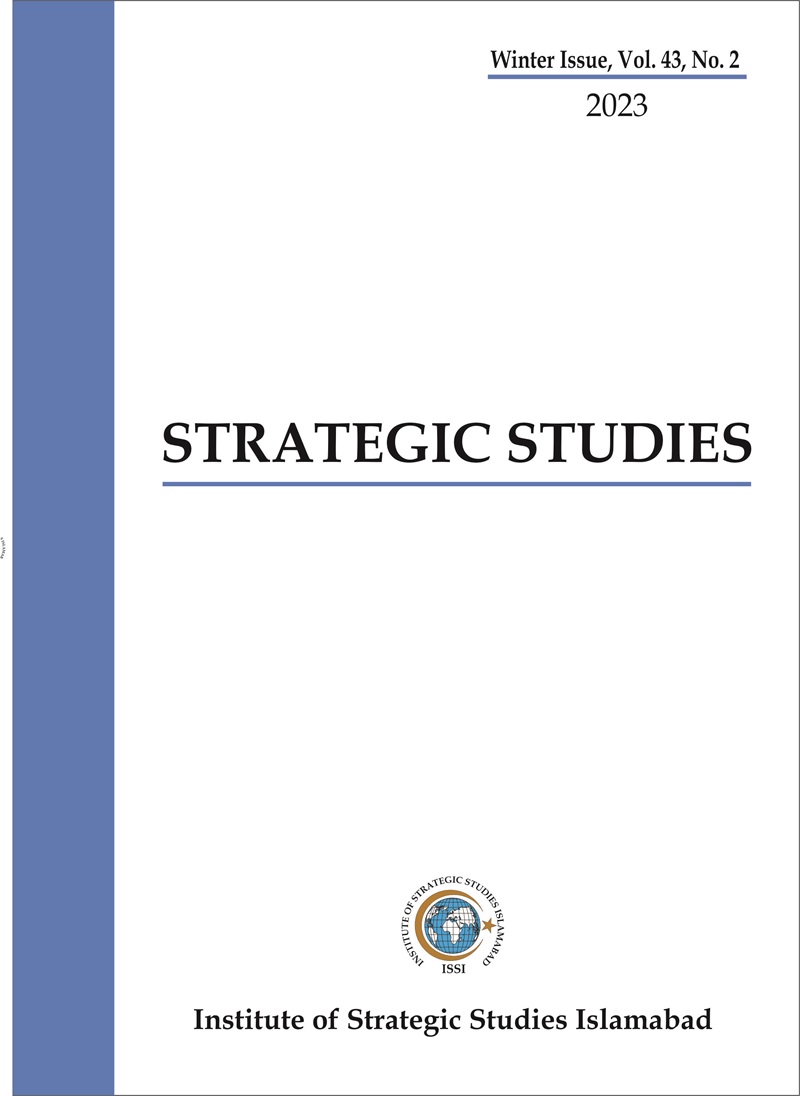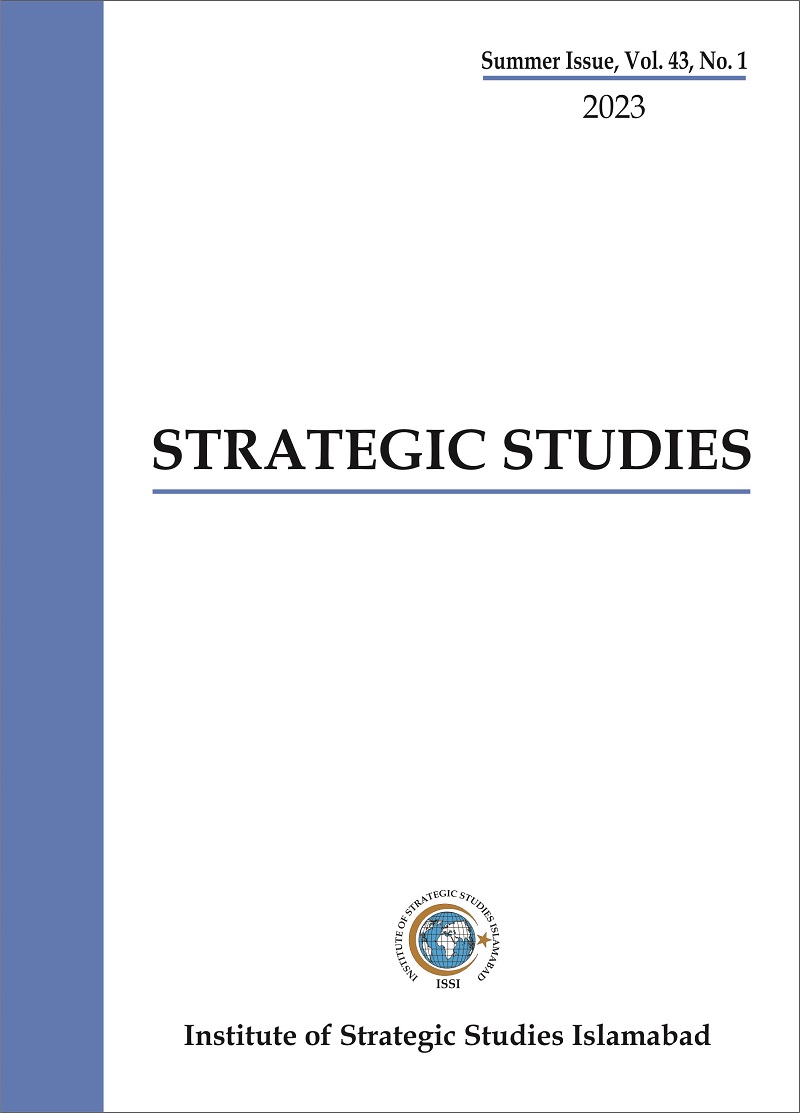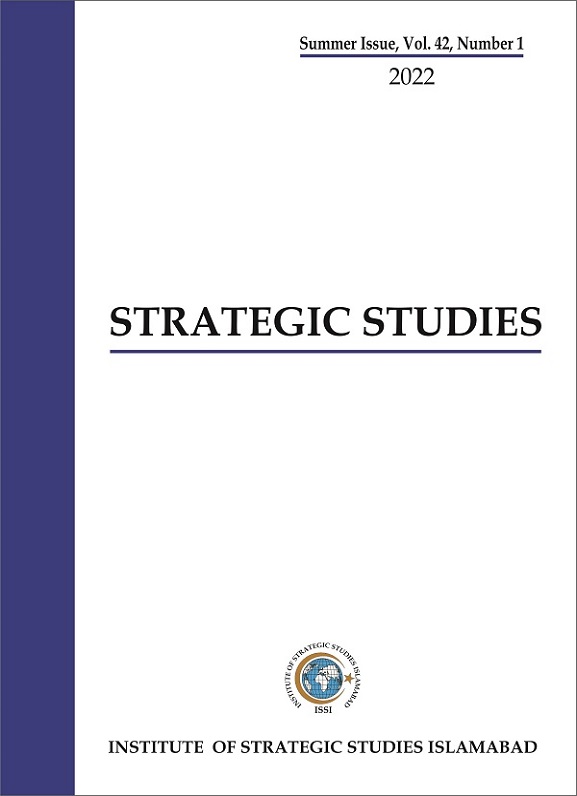The recent India-Pakistan conflict was South Asia’s first multi-domain warfare. It integrated modern aerial confrontation, drone warfare, precision strikes, and joint command and control operations. Such a display makes it important to analyse the enduring nature of conflict in South Asia, and indicates how network-centric, complex and risky future warfare in South Asia can become.
Aerial Confrontation
The night of May 7 was a glaring example of India’s over-confidence in its airpower and modern machines. Despite fielding 72 Indian fighter jets, as opposed to Pakistan’s 42 aircrafts, India could not establish aerial superiority against a relatively smaller force.[1] This is because the Pakistan Air Force (PAF) is strategically positioned as compared to Indian Air Force (IAF). This is also evident from PAF’s defensive retaliation strategy, which resulted in shooting down six Indian fighter jets – including, three Rafale, one SU-30, a MIG-29 aircraft and a Mirage 2000.[2]















